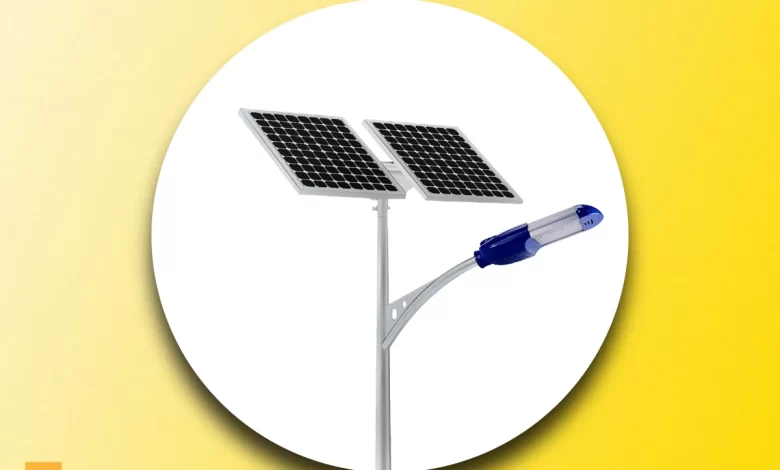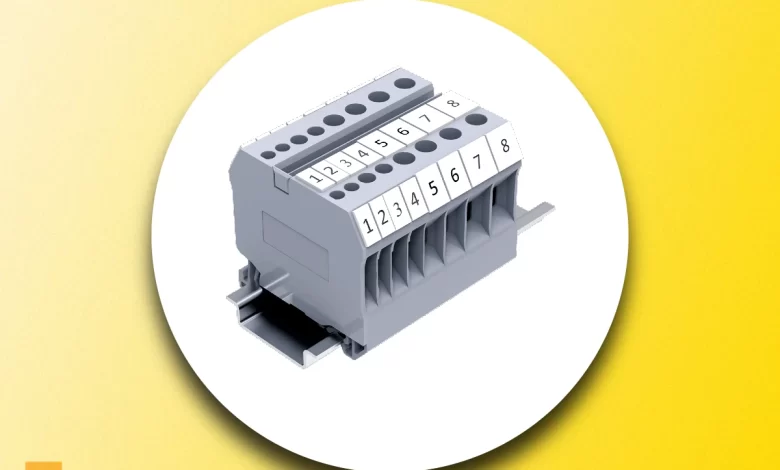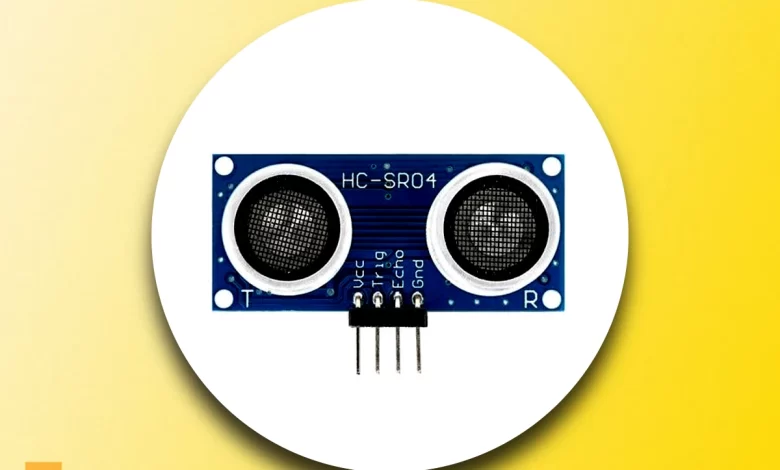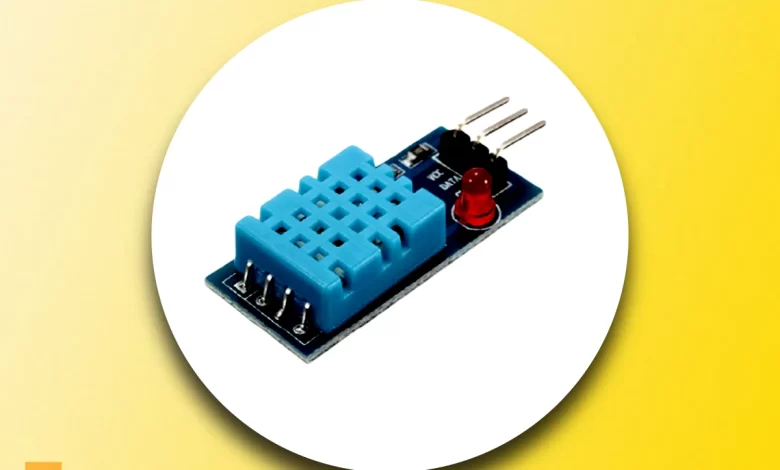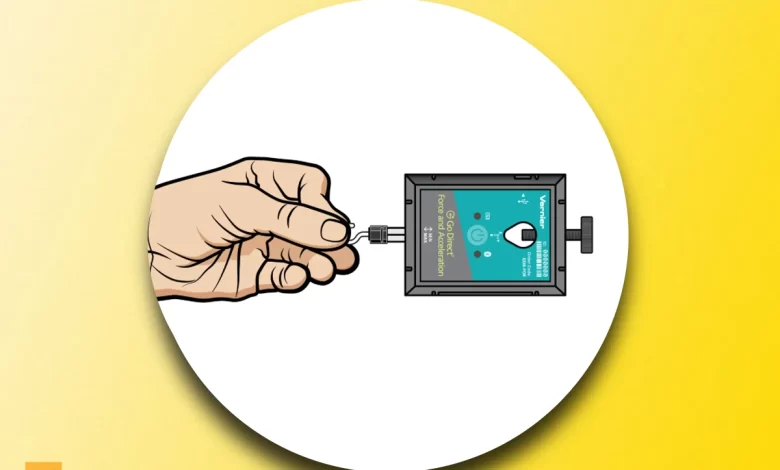Solar lights, those ingenious fixtures adorning gardens, pathways, and even homes, have a captivating secret hidden beneath their sleek exteriors. They are more than just sources of illumination; they are emissaries of renewable energy, efficiency, and environmental sustainability. At the core of these illuminating marvels lies a process known as the photovoltaic effect. Solar panels, typically composed of semiconductor cells, are the key players. When sunlight graces these panels, a mesmerizing transformation unfolds. The photons in sunlight excite electrons within the cells, prompting them to break free from their atoms and generate a direct current (DC). This electricity is then stored within rechargeable batteries, patiently awaiting the moment it's needed. As twilight envelops the landscape, a controller, akin to an orchestra conductor, orchestrates the flow of electricity from the battery to power energy-efficient LED lights. These lights, designed to consume minimal energy while emitting a radiant glow, cast a warm and inviting aura upon the surroundings. This elegant synergy between technology and nature results in an eco-friendly, cost-effective, and versatile lighting solution that's revolutionizing outdoor illumination. Join us on a journey to unveil the mysteries of solar lights as we delve into their inner workings, explore the benefits they bring…
Computers and Electronics
Terminal blocks, the unsung heroes of electrical engineering, play a pivotal role in establishing connections within electrical systems. These unassuming devices provide a secure and organized way to link wires, conductors, or components, ensuring reliable electrical pathways. But how do terminal blocks work, and what makes them such indispensable components in the world of electrical connections? At their core, terminal blocks consist of a non-conductive body housing multiple metal terminals. These terminals can take various forms, from screw-type terminals that require manual tightening to spring-loaded terminals that allow for tool-free wire insertion. The key function of these terminals is to provide a secure point of contact for electrical conductors, creating a reliable path for the flow of electricity. Terminal blocks find applications in a wide range of industries, from industrial automation and telecommunications to residential wiring and automotive systems. Their versatility lies in their ability to simplify complex wiring tasks, reduce clutter, and enhance the safety of electrical connections. Whether you're a seasoned electrician, a DIY enthusiast, or simply curious about the inner workings of electrical systems, understanding how terminal blocks work is a valuable piece of knowledge. In this comprehensive guide, we'll delve deeper into the intricate mechanisms, types,…
Ultrasonic sensors, those unassuming technological marvels, play a pivotal role in diverse industries, yet their inner workings often remain a mystery to many. These sensors operate on a straightforward yet fascinating principle: the emission and reception of high-frequency sound waves, often beyond the range of human hearing. But how do ultrasonic sensors work their magic, and what makes them indispensable in applications ranging from automotive safety systems to industrial automation? At the heart of an ultrasonic sensor lies a transducer, typically made of piezoelectric material. When an electrical voltage is applied, the transducer vibrates rapidly, generating those high-frequency sound waves. These waves, known as ultrasonic pulses or sonar waves, travel through the air until they encounter an object. Upon hitting the object, they bounce back towards the sensor. Here's where the magic happens: the sensor's receiver captures these reflected waves, and by measuring the time it takes for them to travel to the object and back, the sensor calculates the distance. This calculation is based on the speed of sound in the medium, which is usually air. The result? Precise distance measurements that can be harnessed for tasks like parking assistance, object detection, and more. Intrigued? Dive deeper into the…
Humidity sensors, often overlooked but ever so crucial, are the silent custodians of our comfort and efficiency in a world profoundly influenced by environmental factors. Have you ever wondered how these unassuming devices discern the moisture content in the air, aiding everything from weather forecasting to climate control in our homes? The answer lies in the intricate mechanisms that underpin their functionality. Humidity sensors operate on various principles, each tailored to specific applications. Capacitive sensors, for instance, measure humidity by detecting changes in electrical capacitance as moisture is absorbed or released by a dielectric material situated between conductive plates. Resistive humidity sensors, on the other hand, gauge electrical resistance variations within moisture-absorbent materials like polymers. Thermal conductivity sensors rely on shifts in thermal properties of air caused by varying moisture content, while gravimetric sensors meticulously weigh moisture-absorbing materials to derive humidity readings. Additionally, dew point sensors pinpoint the temperature at which air becomes saturated, leading to condensation, providing valuable insights into atmospheric moisture. In our comprehensive guide on how humidity sensors work, we delve deep into the intricacies of these diverse sensor types, explaining their operating principles, accuracy, response times, and applications. Whether you're interested in optimizing industrial processes, maintaining…
In a world driven by technological innovation, force sensors play an inconspicuous yet pivotal role in our lives. These remarkable devices, also known as load cells or force transducers, are the unsung heroes that enable us to measure and comprehend the invisible forces that govern our physical world. At their core, force sensors operate on the principle of converting mechanical forces or loads into electrical signals. This transformation is achieved through the use of intricate components, including strain gauges and Wheatstone bridge circuits. When an external force is applied to a force sensor, it undergoes deformation, leading to changes in the resistance of embedded strain gauges. These changes in resistance are directly proportional to the magnitude of the applied force. Subsequently, the Wheatstone bridge circuit unbalances, generating an electrical output in the form of voltage or current. This output is then amplified and conditioned, providing an accurate representation of the applied force. The applications of force sensors are as diverse as the industries they serve. From industrial automation and robotics to healthcare devices and aerospace systems, force sensors contribute to enhanced safety, precision, and efficiency in a wide range of technological advancements. Join us on a journey as we unravel…
